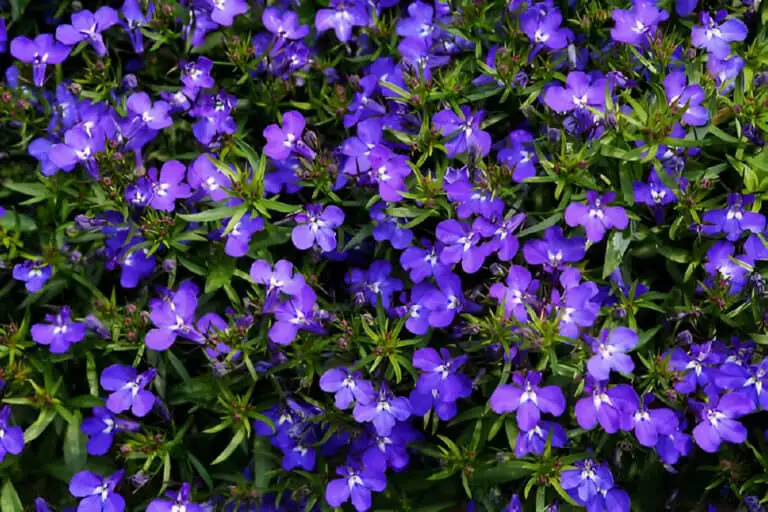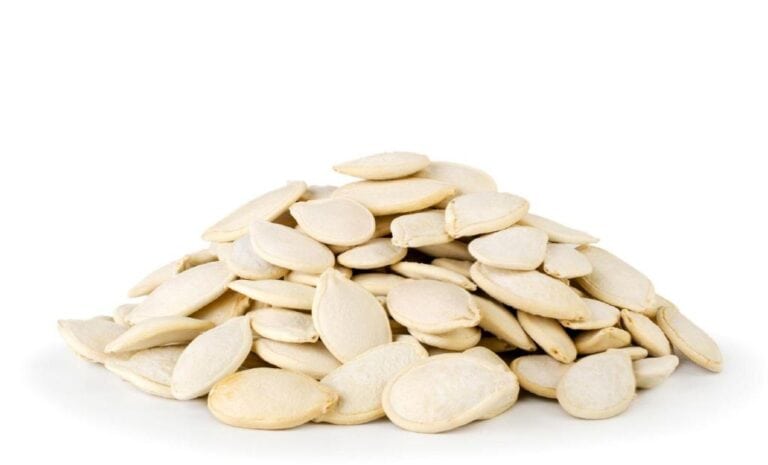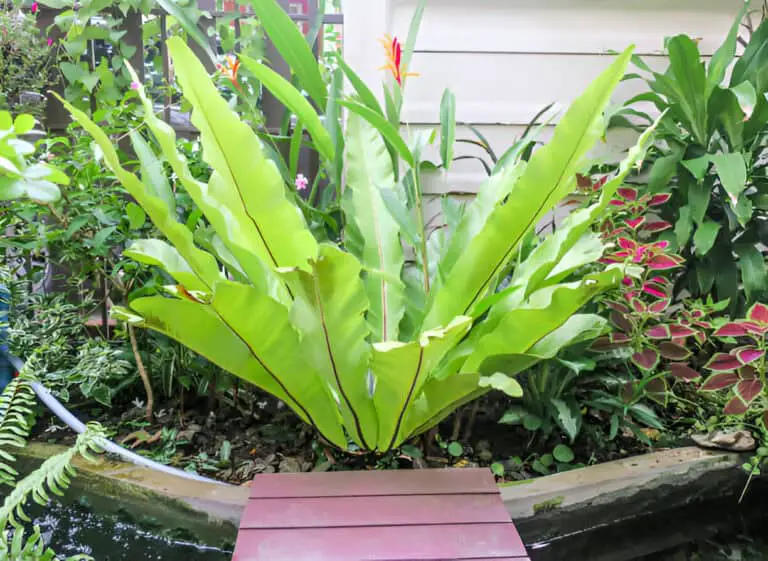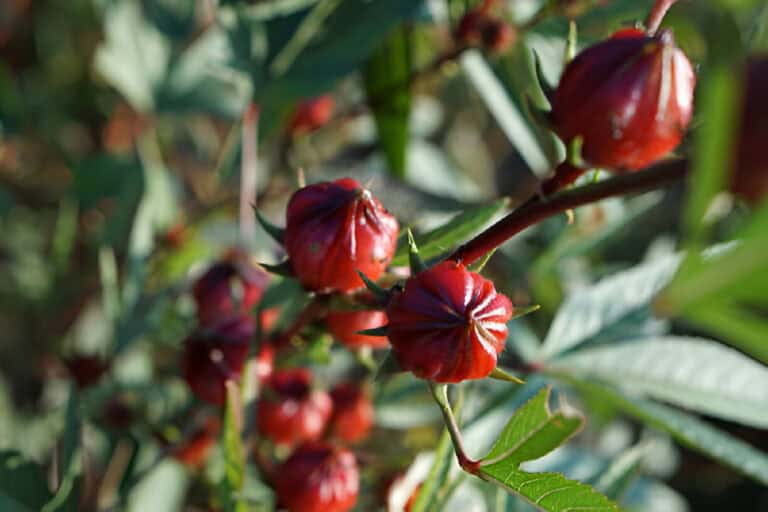Zesty Zucchini Size Guide: Tips for Harvesting at the Right Time
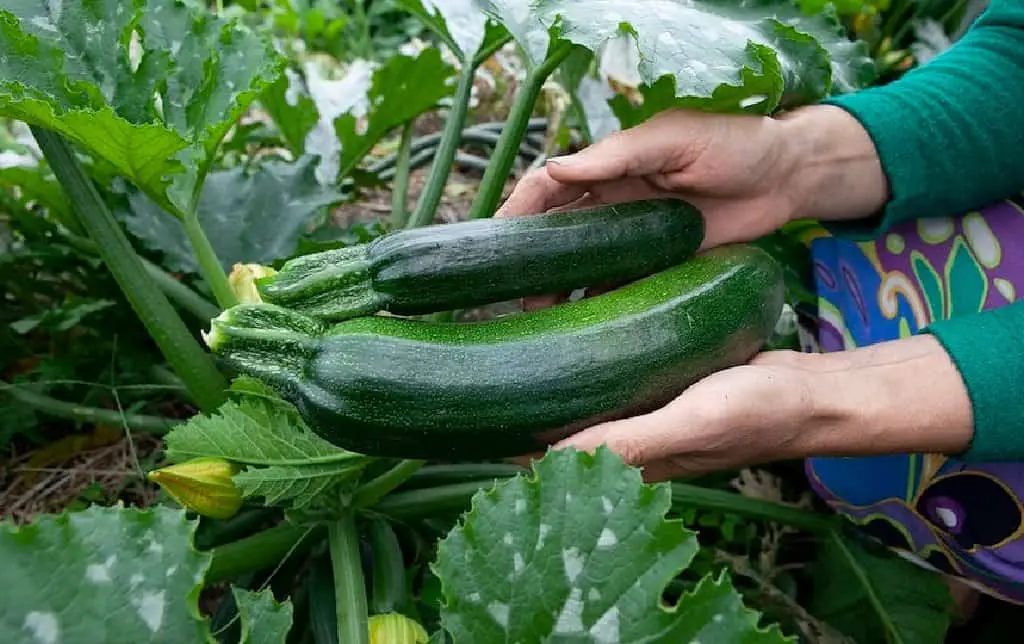
Zucchini, a summer squash, is a garden favorite for its versatility and ease of growth. Have you ever wondered if the size of your zucchini affects its flavor and texture?
Harvesting zucchinis at the right size can make a significant difference in your culinary creations. Harvesting too early can result in a lack of flavor, while waiting too long can make the vegetable tough and seedy. This zesty zucchini size guide will help you understand the ideal time to pick your zucchinis, ensuring you enjoy them at their peak.
In this article, we will explore the best size for a zesty zucchini. We will offer tips on when to pick them for the most flavor and nutrition. Understanding the best zucchini size will improve your dishes. It will let you enjoy the freshest, tastiest produce from your garden.
Understanding Zucchini Growth
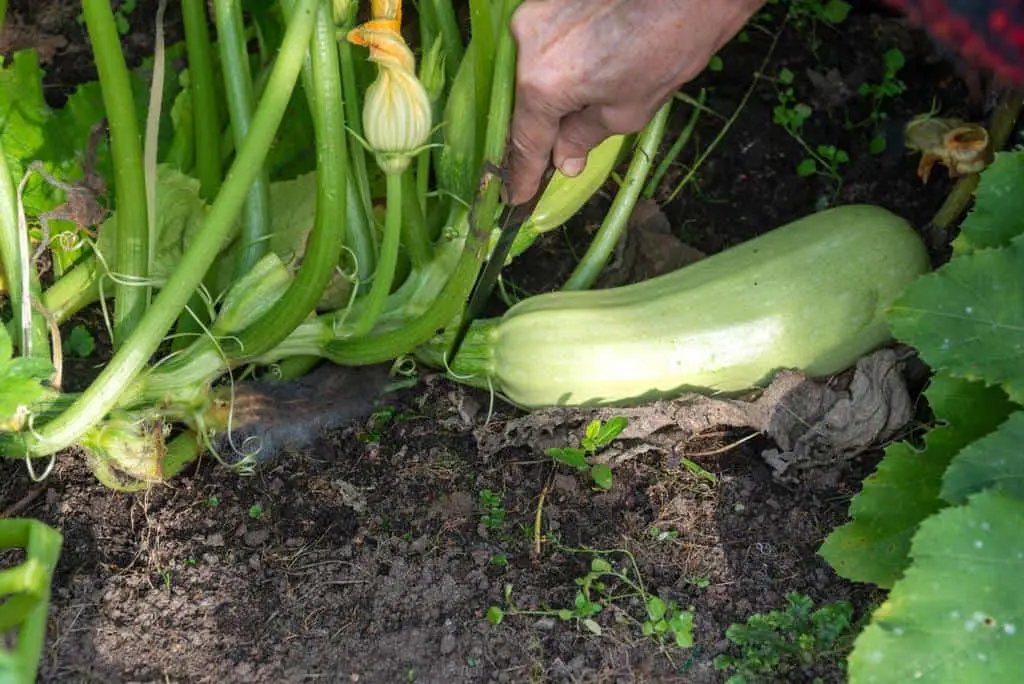
Zucchini plants grow quickly, often producing fruit within 45 to 55 days after planting. Understanding their growth stages is essential to determining the perfect harvesting time. Zucchinis typically grow from small, tender fruits to large, mature squashes within a matter of days. Monitoring their size and appearance daily is key to harvesting them at the right stage.
The ideal size for harvesting zucchini is typically between 6 and 8 inches long. At this stage, zucchinis are tender, flavorful, and have a pleasant texture. However, zucchinis can still be delicious. They can be harvested at various sizes, each with unique uses. Let’s delve into the different sizes and their best uses.
Ideal Sizes for Harvesting
- Baby Zucchini (2-4 inches):
- Characteristics: Baby zucchinis are tender, sweet, and have a delicate flavor. Their skin is soft, and seeds are barely noticeable.
- Uses: Perfect for raw dishes like salads and crudités, or lightly sautéed for a quick side dish. Their small size and tenderness make them ideal for grilling whole or adding to stir-fries.
- Medium Zucchini (6-8 inches):
- Characteristics: This is the most common and versatile size for zucchini. The skin is still tender, and the seeds are small and unobtrusive.
- Uses: Ideal for a wide range of dishes, including roasting, baking, and spiralizing into noodles. Medium zucchinis hold their shape well when cooked. This makes them perfect for stuffing or slicing into rounds for casseroles.
- Large Zucchini (10 inches and above):
- Characteristics: Large zucchinis can become tough and develop larger seeds. Their flesh may be more fibrous, but they are still edible and useful in many recipes.
- Uses: Best for baking into zucchini bread or muffins, making soups, or using in recipes where they can be grated. Large zucchinis can also be hollowed out and used as edible bowls for stuffing with savory mixtures.
Tips for Harvesting Zucchini
- Daily Monitoring: Zucchinis grow rapidly, often doubling in size within a day or two. Check your plants daily to catch them at the ideal size.
- Use Sharp Tools: Use a sharp knife or pruning shears to cut the zucchini from the vine. Avoid twisting or pulling, which can damage the plant.
- Harvest regularly: It makes the plant produce more fruit all season. Leaving zucchinis on the vine for too long signals the plant to slow down production.
- Look for Firmness: Choose zucchinis that feel firm to the touch. Avoid those with soft spots or signs of decay.
Storing and Using Harvested Zucchini
Once harvested, zucchinis can be stored in the refrigerator for up to a week. To prolong their freshness, store them in a perforated plastic bag in the crisper drawer. If you have an abundance of zucchinis, consider preserving them by freezing or canning them.
- Freezing: Blanch zucchini slices in boiling water for 2-3 minutes, then plunge them into ice water to stop the cooking process. Drain and pack them into freezer bags, removing as much air as possible before sealing.
- Canning: Follow proper canning procedures for pickling zucchini or making zucchini relish. Always use tested recipes and methods to ensure safety.
| See also: Is It Safe to Prune Your Zucchini Plant’s Lower Leaves? |
Zucchini Recipes and Culinary Ideas
Zucchini’s mild flavor makes it a versatile ingredient in many dishes. Here are a few culinary ideas to inspire your zucchini harvest:
- Zucchini Noodles: Use a spiralizer to create zucchini noodles, also known as zoodles. Toss them with your favorite pasta sauce for a low-carb alternative to traditional pasta.
- Stuffed Zucchini Boats: Halve medium zucchinis lengthwise and scoop out the seeds. Fill with a mixture of cooked quinoa, vegetables, and cheese, then bake until tender.
- Zucchini Bread: Grate large zucchinis and incorporate them into a moist and flavorful zucchini bread or muffins. This is a great way to use up oversized zucchinis.
- Grilled Zucchini: Slice zucchinis into rounds or lengthwise strips, brush with olive oil, and grill until tender. Sprinkle with salt, pepper, and a squeeze of lemon juice for a simple yet delicious side dish.
Zucchini Growing Tips for Optimal Harvest
To ensure a bountiful zucchini harvest, follow these growing tips:
- Planting Location: Choose a sunny spot with well-drained soil. Zucchini plants need at least 6-8 hours of sunlight per day.
- Soil Preparation: Enrich the soil with organic matter like compost or well-rotted manure. Zucchinis thrive in nutrient-rich soil.
- Watering: Keep the soil consistently moist but not waterlogged. Water at the base of the plant to avoid wetting the leaves, which can lead to fungal diseases.
- Mulching: Apply a layer of mulch around the plants to retain moisture, suppress weeds, and regulate soil temperature.
- Pruning: Pruning zucchini plants helps improve air circulation around the plant, reduces disease risk, and enhances fruit production.
- Pest Control: Monitor for common pests like squash bugs and cucumber beetles. Use row covers to protect young plants and handpick pests as needed.
| Also read: Do Zucchini Flowers Close After Pollination? |
Common Issues and Troubleshooting
Despite their ease of growth, zucchinis can sometimes encounter problems. Here are some common issues and solutions:
- Powdery Mildew: This fungal disease appears as white powdery spots on the leaves. Improve air circulation by spacing plants properly and avoiding overhead watering. If necessary, treat with a fungicide.
- Blossom End Rot: It is caused by lack of calcium or inconsistent watering. It results in dark, sunken spots on the end of the fruit. Ensure even watering and consider adding calcium to the soil if needed.
- Poor Pollination: Zucchinis rely on bees and other pollinators for fruit set. If pollinators are scarce, hand-pollinate by transferring pollen from male to female flowers using a small brush.
Conclusion
Harvesting zucchini at the right time ensures the best flavor, texture, and culinary versatility. By knowing the best sizes for picking and using proper harvesting techniques, you can get a steady supply of tasty zucchinis all season.
The tips in this guide will help you grow, harvest, and enjoy zucchinis at their best. They’re a zesty touch for your summer dishes.
You may prefer baby zucchinis for salads. Or, medium ones for roasting, or large ones for baking. There’s a perfect zucchini for every culinary need. Happy gardening and happy harvesting!
FAQs on Zesty Zucchini Size Guide
How Often Should You Harvest Zucchini to Ensure Continuous Production?
To ensure continuous production, you should harvest zucchini every 1-2 days. Frequent picking encourages the plant to produce more fruit throughout the season. Zucchinis grow quickly, so regular monitoring and harvesting will help you catch them at the ideal size and maintain a healthy yield.
Can You Eat Large Zucchinis, and How Should You Use Them?
Yes, you can eat large zucchinis, but they tend to be tougher and have larger zucchini seeds. They are best used in recipes where they can be grated, such as zucchini bread or muffins, or in soups and stews. Hollowing them out and using them as edible bowls for stuffing is another great option.

